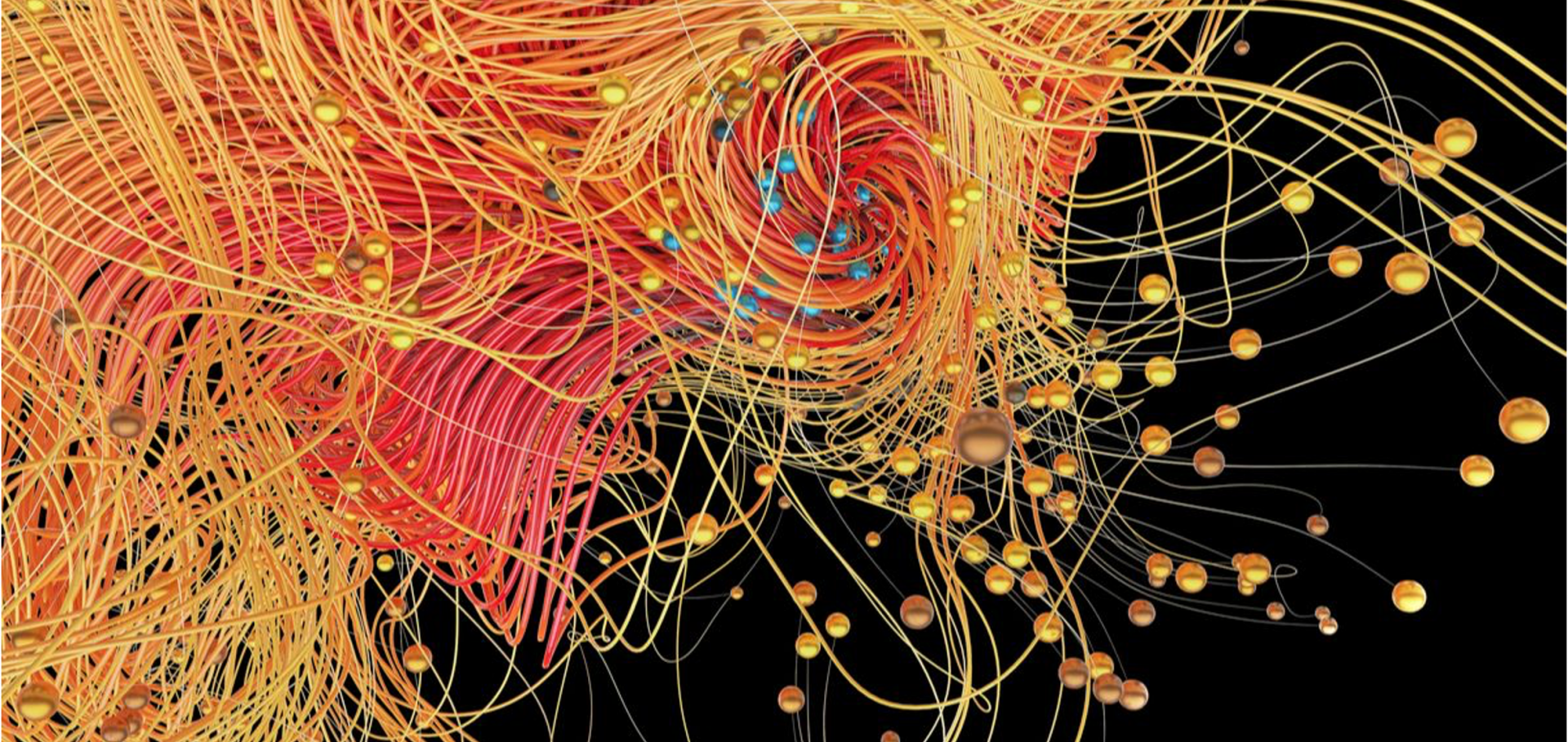Holographic imaging of antiferromagnetic domains with in-situ magnetic field
(2023)
Switching of ferrotoroidal domains via an intermediate mixed state in the multiferroic Y-type hexaferrite Ba$_{0.5}$Sr$_{1.5}$Mg$_2$Fe$_{12}$O$_{22}$
(2023)
Emergent helical texture of electric dipoles
Acta Crystallographica Section A: Foundations and advances International Union of Crystallography (IUCr) 79:a2 (2023) c258-c258
Understanding the role of non-fullerene acceptor crystallinity on the charge transport properties and performance of organic solar cells
Journal of Materials Chemistry A Royal Society of Chemistry 11:30 (2023) 16263-16278
Abstract:
The acceptor crystallinity has long been associated with favourable organic solar cells (OSCs) properties such as high mobility and Fill Factor. In particular, this applies to acceptor materials such as fullerene-derivatives and the most recent Non-Fullerene Acceptors (NFAs), which are now surpassing 19% of Power Conversion Efficiency. Despite these advantages are commonly attributed to their 3-dimensional crystal packing motif in the single crystal, the bridge that links the acceptor crystal packing from single crystals to solar cells has not clearly been shown yet. In this work, we investigate the molecular organisation of seven NFAs (o-IDTBR, IDIC, ITIC, m-ITIC, 4TIC, 4TICO, m-4TICO), following the evolution of their packing motif in single-crystals, powder, and thin films made with pure NFAs and donor:NFA blends. We observed a good correlation between the NFA single crystal packing motif and their molecular arrangement in the bulk heterojunction. The NFA packing motif affects the material’s propensity to form highly crystalline domain in the blend. We specifically found that 3D reticular packing motifs show stronger ordering than 0D herringbone ones. However, the NFA packing motif is not directly correlating with device performance parameters: Although higher NFA crystallinity yields higher mobility, we found the domain purity to be more important for obtaining high efficiency organic solar cells by governing bimolecular recombination.Revealing Emergent Magnetic Charge in an Antiferromagnet with Diamond Quantum Magnetometry
(2023)



